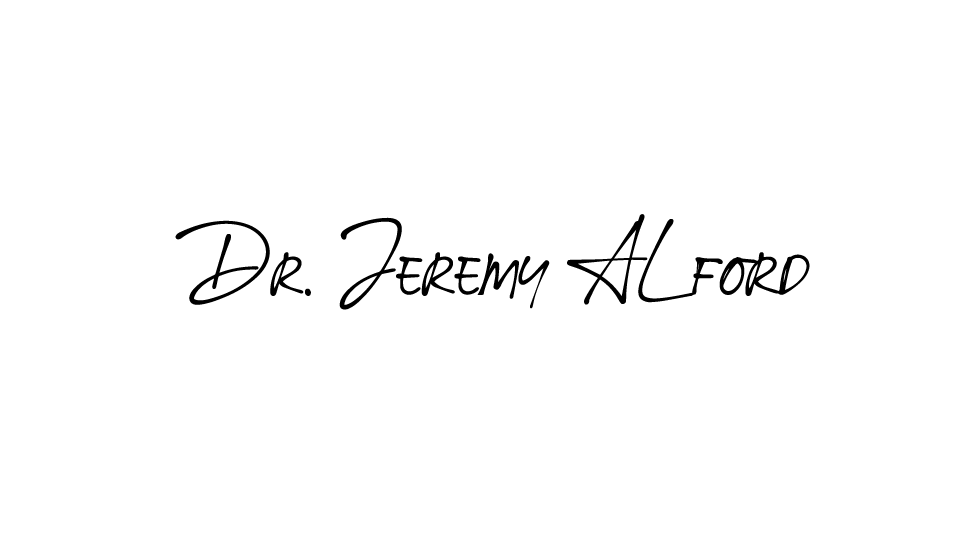
ANXIETY
You can take back control
I have helped many people overcome anxiety and feel empowered to live a life of clearer purpose.
Together, we work step-by-step so that you can break the unhelpful thinking chain and respond differently to what you used to fear.
Cognitive Behavioral Therapy, Hypnotherapy, and Mindfulness will not only get to the root of why you feel anxious but will also teach you how to respond more effectively and serenely. So that whatever used to create anxiety, no longer does.
WHY DO WE EXPERIENCE ANXIETY?
There is a part of our brain known as the amygdala, which is the size of our thumbnail. It is located in the center of our brain, also known as the first brain or primitive brain. Our brain has evolved since we came into existence and it is because of this specific faculty that we are able to sense danger. You may have heard of the ‘Fight or Flight response’. This basically means that whenever we are confronted by real or perceived danger, our instinct will kick in, which will lead us to react in self-defense.
SO WHY IS THIS A PROBLEM?
Our ‘Fight or Flight response’ in itself is not a problem. Quite the opposite. Without it, we would not have any sense of danger. The only time it can be a problem however is when our ‘Fight or Flight response’ kicks in even though there is no actual danger. For example, when I am sitting at my office desk and suddenly have a strong sense that I am about to die, although there is nothing dangerous happening around me. Another example could be that I start thinking that germs will contaminate me if I don’t wash my hands or my surroundings.
THERE DIFFERENT TYPES
Although we can all experience some form of anxiety, the moment our functioning begins to become somewhat affected, this is when we call it a ‘disorder’. These disorders are also known as psychoneuroses, which cause a sense of distress and an inability to function normally. There are various forms of ‘Anxiety Disorders’ that can either be mild, moderate, acute, episodic, or chronic.
• Generalized Anxiety Disorder (or G.A.D.)
• Panic Disorder
• Social Anxiety Disorder (or Social Phobia)
• Other Phobias
• Post Traumatic Stress Disorder (or P.T.S.D.)
• Obsessive Compulsive Disorder (or O.C.D.)
HOW DO WE DIAGNOSE AN ANXIETY DISORDER?
A medical doctor, a psychologist, or an experienced mental health practitioner will be the most qualified to assess and diagnose someone with an anxiety disorder. It is important to rule out other physical health conditions like low blood pressure or hyperactive thyroid, along with taking certain medications that can either resemble an anxiety disorder or worsen it.
WHAT ARE THE SIGNS & SYMPTOMS?
Generalized Anxiety Disorder
• Display excessive anxiety or worry for months
• Restless or feeling on edge
• Easily irritable
• Tension
• Trouble concentrating
• Easily fatigued
• Sleeping disturbance
Panic Disorder – also known as Panic Attacks
• Palpitations
• Pounding heart
• Sweating
• Trembling or shaking
• Shortness of breath
• Choking
• Feeling of an impending doom
• Worries about when the next attack will happen
• Avoidance of places where the panic attack took place
Social Anxiety Disorder – also known as Social Phobia
• Fear of social places
• Fear of performance situations
• Fear of embarrassment, being judged, rejected, or of
offending others
• Self-conscious and worries about being humiliated
• Hard time making friends and keeping friends
• Blushing, sweating, trembling around others
• Feeling nauseous or sick to the stomach when around
others
Obsessive-Compulsive Disorder
Obsessions are intrusive and unwanted thoughts, images, or urges that cause distress or anxiety. Compulsions are behaviors that the person feels compelled to carry out in order to ease their distress or anxiety. Some of these behaviors are visible actions while others are mental behaviors.
CAN THERE BE A DUAL DIAGNOSIS?
Anxiety disorders can co-exist with other conditions such as depression, substance abuse, and eating disorders. It is important to
carry out a thorough evaluation by a healthcare professional.
Meet me at my office location in person if we are in the same country or online.
I offer a free 15-minute initial call so that I can get a brief sense of:
What you are hoping for
To answer questions
To make initial recommendations
And to decide if you would like us to work together


